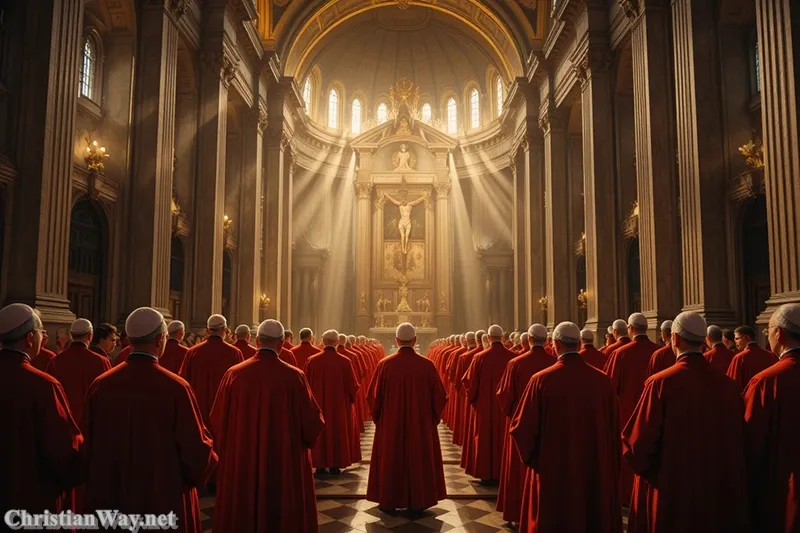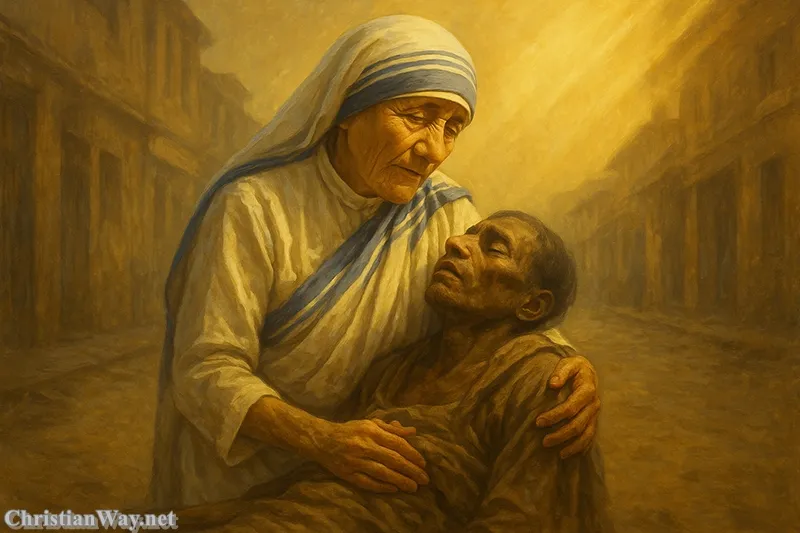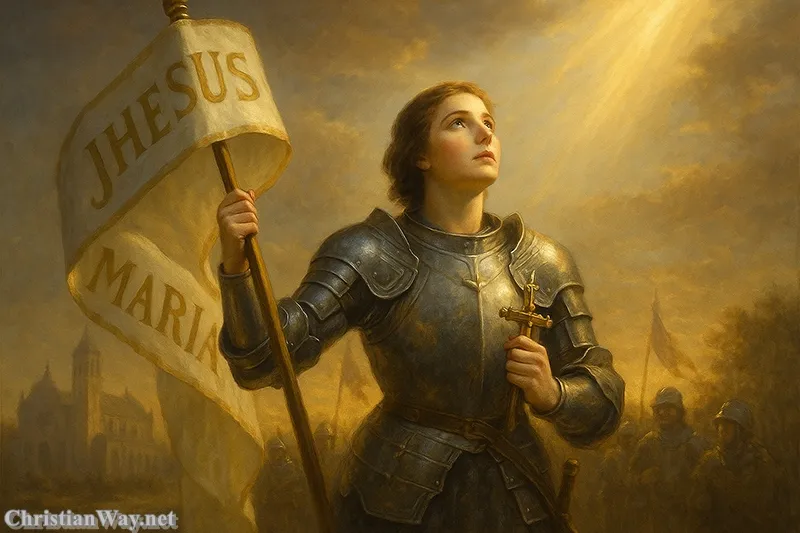Dear friends in Christ,
Throughout the history of the Church, there have always been men called to serve not for honor or prestige, but for the love of God and His people. Among them are the Cardinals — those who stand close to the heart of the Church, assisting the Holy Father in guiding the flock of Christ with fidelity and courage. The very title Cardinal, from the Latin cardo meaning “hinge,” reminds us that they are the hinges upon which the doors of faith and governance turn. Their ministry helps the entire Church open toward Christ, the true Shepherd and Lord.
The red vestments they wear are not signs of rank or privilege but of readiness to lay down their lives for the Gospel. The color of their robes mirrors the blood of the martyrs — a constant reminder that every act of service in the Church must be rooted in love, sacrifice, and fidelity to Christ crucified.
The Origin and Mission of the Cardinals
From the early centuries, the Church of Rome was assisted by a group of priests and deacons who helped the Bishop of Rome — the Pope — in his pastoral duties. Over time, this group became known as the College of Cardinals, a body that would come to bear unique responsibility for the unity and governance of the universal Church.
Their first task, and the one most recognized by the faithful, is to elect the Pope. When the See of Peter becomes vacant, the Cardinals gather in prayer and discernment, invoking the Holy Spirit to guide them in choosing the new successor of St. Peter. Yet their mission does not end there. In their daily lives, they are spiritual advisors, administrators, and witnesses of faith — men who carry the universal Church in their hearts even as they serve particular communities.

As the Catechism reminds us, the Church is both human and divine, visible and invisible, a body made up of many members (cf. 1 Corinthians 12:12–27). The Cardinals embody this mystery of unity-in-diversity. Drawn from every corner of the world, they reflect the universality of the Church — one faith, one baptism, one Lord — yet expressed through the many faces and cultures of humanity.
The Red of Martyrdom and the Fire of the Spirit
When a man is created a Cardinal, he kneels before the Holy Father and receives a red biretta and ring, symbols of his office. The Pope reminds him that this red signifies a readiness to act with courage, even to the shedding of blood, for the defense of the faith and the service of the Church.
This tradition is deeply rooted in the witness of the martyrs — those whose love for Christ triumphed over fear and death. The Cardinals, in their own way, are called to live out that same spirit of martyrdom: not necessarily in physical suffering, but in the daily dying to self that true leadership demands.
As Jesus said to His disciples, “Whoever wishes to be great among you must be your servant, and whoever wishes to be first among you must be the slave of all” (Mark 10:43–44). This is the pattern of Christian leadership — not domination, but service; not ambition, but humility. Every Cardinal, if he is true to his calling, lives this paradox of power made perfect in weakness (cf. 2 Corinthians 12:9).
The College of Cardinals: A Symbol of Unity
The gathering of Cardinals around the Holy Father is a living image of the Church herself — diverse in gifts, yet united in love. The College of Cardinals stands as a reminder that no one shepherd governs the Church alone; he is supported by the wisdom, prayer, and counsel of his brothers in Christ.
This unity is not merely administrative, but profoundly spiritual. It reflects the prayer of Christ at the Last Supper: “That they may all be one, as you, Father, are in me and I in you” (John 17:21). In a divided world, the witness of unity — grounded not in politics but in shared faith and love — becomes a light of hope for all humanity.
When the Cardinals gather in consistory or conclave, they do so not as politicians but as men of prayer. Before entering the Sistine Chapel, they swear an oath of secrecy and fidelity, placing their trust in the Holy Spirit. The moment when the doors are closed and the world waits in silence is one of profound spiritual intensity — the Church pausing, listening, and waiting for God to speak through His chosen servants.
Cardinals as Teachers and Witnesses
Beyond their role in Church governance, Cardinals are also teachers — proclaimers of the Gospel and defenders of the truth. Many of them lead dioceses or serve as heads of Vatican congregations that oversee essential aspects of Church life: doctrine, liturgy, charity, and evangelization.
But more than their titles or responsibilities, what truly defines a Cardinal is his witness. The saints and holy men who have worn the red hat before them — St. John Henry Newman, St. Charles Borromeo, St. Robert Bellarmine — remind us that true authority in the Church comes from holiness. Their lives were marked by prayer, sacrifice, and an unwavering desire to bring souls to Christ.
In every era, the Church needs such witnesses — men who are courageous enough to speak the truth in love, to stand firm when faith is challenged, and to comfort the people of God with compassion. A Cardinal’s ring symbolizes his bond with the Church, the Bride of Christ. It is not a symbol of ownership but of fidelity — a reminder that he is wedded to the service of God’s people until his last breath.
The Cardinal’s Role in a Modern World
Today’s Cardinals face a world very different from that of centuries past. The challenges of secularism, injustice, and spiritual confusion press heavily upon the Church. Yet their mission remains the same: to guard the faith, to strengthen the faithful, and to proclaim the mercy of God in word and deed.
In many ways, the Cardinal is called to be both shepherd and bridge — one who listens deeply to the needs of the world, while remaining firmly rooted in the truth of the Gospel. Like St. Paul, he must be “all things to all people” (1 Corinthians 9:22), seeking not his own comfort but the salvation of souls.
When Pope Francis created new Cardinals, he often reminded them that the red they wear is “the color of love.” It is the color of the heart that burns for God and for humanity. To be a Cardinal, then, is to live constantly at the intersection of heaven and earth — where divine mercy meets human need.
A Call for Every Christian
Though few are called to be Cardinals, every Christian shares in their mission of service and witness. The red they wear outwardly must live within us inwardly — the fire of the Holy Spirit that makes us bold in faith and generous in love.
In our families, workplaces, and communities, we too are called to be “hinges” upon which others may encounter the presence of Christ. When we forgive, serve, and love without counting the cost, we open the door for others to meet the living God.
Let us pray, then, for all the Cardinals of the Church — that they may lead with wisdom, love, and courage; that they may be men of deep prayer and humility; and that, through their witness, the unity of Christ’s Body may shine ever more brightly in our world.
Reflect and Pray
Lord Jesus Christ,
You chose Your apostles to shepherd Your flock,
and through the centuries You have raised up servants
to guide Your Church in faith and love.
Bless our Cardinals, O Lord —
fill them with the light of Your Spirit,
the strength of Your truth,
and the tenderness of Your mercy.
Grant that they may serve always as bridges of unity,
faithful stewards of Your mysteries,
and humble witnesses of Your Gospel.
And may we, too, in our own small ways,
share in their mission —
to bring Your love to every corner of the world.
Amen.
— Fr. John Matthew, for Christian Way





